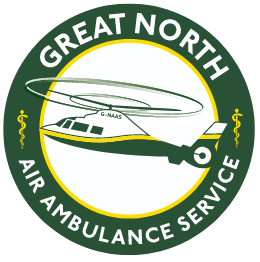We all hope it never happens, but when a major incident is declared, GNAAS is a key part of the response.
The charity is prepared to utilise all of its resources in the event of a major incident, from its critical care teams across the North, to its aircraft and rapid response vehicles.
National influence
GNAAS plays an integral role in the regional response to a major incident, working closely with the North East Ambulance Service to provide advanced medical care to those who need it at the scene. But the charity is also involved in both regional and national groups looking at the operational, tactical and strategic implications of major incidents and the optimal way of managing these.
An essential part of preparing for such incidents is regular participation in exercises where all emergency services work together to ensure an effective and coordinated response.
Our role in the response
Our teams may take on the following roles in responding to a major incident:
Medical Advisor – to advise the Ambulance Service Commander on optimal medical management and transfer of casualties
Medical Emergency Response Liaison Officer – to coordinate the GNAAS teams at the scene and liaise with the other emergency services
Casualty Clearing Officer – to oversee the management of casualties in the casualty clearing station and advise on the most appropriate hospital destination
Pre-Hospital Emergency Medicine Teams – provide advanced medical care where it is needed, both in casualty collection points, and in the scene if safe to do so. This may include the full range of GNAAS clinical skills including delivery of anaesthesia, surgical procedures including amputation, blood transfusion, and advanced pain relief and sedation.
Here to help, with your backing
As with everything else we do, our major incident response is only possible through your ongoing support. Please consider making a donation to help us continue.

